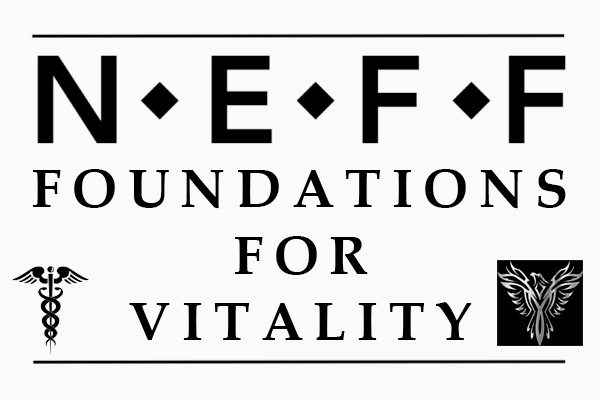Introduction to the Report
In November 2023, three organizations in the UK published their report entitled: “Holding us back: tobacco, alcohol and unhealthy food and drink.” The Obesity Health Alliance, Alcohol Health Alliance, and Action On Smoking And Health came together to advocate for a coherent health policy approach. The details included in the executive report are staggering.
The Impact of Unhealthy Products
The consumption of tobacco, alcohol, and unhealthy food and drink, along with conditions exacerbated by them, is identified as a major contributor to death and chronic diseases. These products are recognized as leading causes of premature mortality in the UK, contributing to a range of chronic illnesses such as cancers, type 2 diabetes, cardiovascular disease, and dementia, while also impacting mental health. The adverse effects of these products disproportionately affect socioeconomically disadvantaged communities, leading to health inequalities and a compounded risk of multiple health-harming factors.
Statistics on Health and Consumption
In England, statistics reveal that 13% of adults smoke, 21% exceed recommended alcohol guidelines, and 64% live with overweight or obesity, with millions of annual hospital admissions attributed to tobacco, alcohol, and weight-related diseases. In England alone, there are millions of hospital admissions each year due to diseases caused by these products (506,000 tobacco-related, 948,000 alcohol-related, and 1,020,000 weight-related), contributing to the strain on NHS services. Despite the significant health consequences, the report underscores that most chronic diseases caused by these products are preventable.
Environmental Saturation of Harmful Products
The report identifies the saturation of the environment with these health-harming products, driven by mass production and aggressive marketing by profit-making industries. This pervasive exposure occurs through various channels, including television, streaming services, social media, school educational programs, and sponsorships of events, influencing behavior and health without individual consent. While any level of smoking is harmful, 43.4% of alcohol, and 28.8% of food purchased by households in the UK is estimated to be consumed above government health guidelines. For alcohol, the guidance is not to regularly exceed 14 units of alcohol a week; for food, guidelines address consumption of saturated fat, free sugars, or salt dietary guidelines. In my personal opinion, and more recent studies match this, there is no safe level of alcohol consumption.
Financial Profits and Societal Costs
These health-harming sales are hugely profitable. Analysis for this report finds that, after tax, a total of £53 billion of combined industry revenue is estimated to be made from sales at levels harmful to health in the UK each year. This comprises £7.3 billion of tobacco industry revenue, £11.2 billion of alcohol industry revenue, and £34.2 billion of food industry revenue. The profitability of these industries comes at a considerable cost to society, with billions spent on healthcare, social care, and public services due to the harms caused by these products, as well as costs related to crime, fires, and lost productivity. Unhealthy products also impact productivity, with a substantial number of working-age adults facing unemployment or economic inactivity due to tobacco, alcohol, or obesity-related health issues.
Industry Tactics and Regulatory Challenges
The report emphasizes that health-harming industries employ tactics, referred to as a ‘common playbook,’ to resist regulation, including discrediting scientific evidence, influencing public opinion, promoting alternative policies favorable to the industry, and threatening litigation. This lobbying has impeded the regulatory process, contributing to insufficient control over health-harming products.
Fragmented Policy Landscape
Despite the common strategies employed by industries selling tobacco, alcohol, and unhealthy food and drink, the current policy landscape is fragmented, lacking a cohesive approach to address these issues. Progress in reducing the harms associated with smoking is noted, while strategies to tackle other harmful products are lagging, with a historical reliance on ineffective partnerships with industry. As the saying goes: “Smoking does not cause any harm! Signed, Dr. Marlboro”.
Public Support for Government Action
The public supports government action against health-harming industries, expressing a desire for levies on these industries and protection of health policy from their influence. The report proposes a coherent policy approach, prioritizing the nation’s health through cross-government collaboration, transparent health policy design, and protection from the influence of health-harming industries.
Advocacy for Primary Prevention
Ultimately, a shift to a primary prevention approach is advocated, targeting the availability, accessibility, and appeal of health-harming products to reduce consumption and prevent illness. The report calls for cross-government commitment to improving health with strong leadership, clear structures, and sufficient funding for prevention activities. Such a comprehensive approach is expected to mitigate the impact of harmful products, improve public health, reduce health inequalities, alleviate the burden on healthcare services, enhance workforce productivity, and strengthen the economy.
Challenges in Implementing Change
Strong words which are likely to fall on deaf ears. Even if the UK were to spearhead a push for healthier living by implementing some of the strategies mentioned – how can you force a multinational company (or, in fact, a conglomerate of companies) to adhere to guidelines specific to the UK? As in the case of alcohol, it is easy for the producers to turn the onus over to the consumer. “Drink Responsibly” makes as much sense as the former First Lady Nancy Reagan’s advertising campaign against drug use in teenagers in the 80s – “Just Say No”. And with 34 Billion GBP at stake – will we really see a firm commitment to reducing the critical ingredients for the bliss point in food – just the right amount of salt, sugar, and fat? Why do you think you can never only eat one crisp?!?







